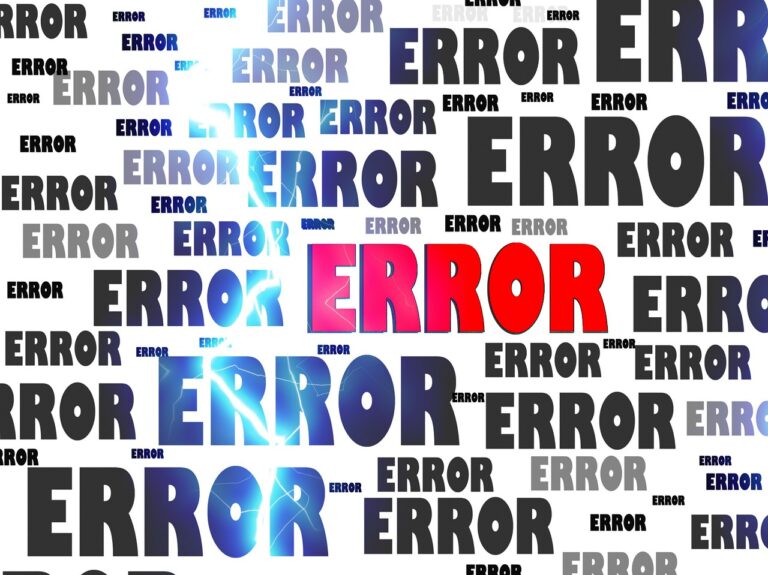When you’re trying to prove or disprove a statement, don’t use circular logic to do it. You might think that you’re making your argument stronger by doing so, but in reality, you’re just weakening your position and creating opportunities for your opponents to criticize your reasoning abilities.
In this article, you’ll learn what circular logic is and why it’s important to avoid using it in your arguments. You will also learn how to recognize circular logic when someone else presents it and how to avoid using it yourself when presenting an argument in an important discussion or debate with your peers.
⭕What Is Circular Logic
Circular logic occurs when the conclusion of one statement is used as the premise for another statement. This creates an endless loop in which the premises never provide evidence for the conclusion because they are themselves conclusions. When you think about it, circular logic is quite funny because it does not make any sense at all. However, people can sometimes use this fallacy without realizing that it is happening.
For example, someone could say I don’t have time to clean my house and then continue by saying I don’t have time to clean my house because I’m too busy.
The person’s reasoning for why he or she doesn’t have time to clean their house is that he or she is too busy. The reason he or she gives for being too busy is that he or she doesn’t have time to clean his or her house. It seems like they’re going in circles with no endpoint.
Why It’s A Logical Fallacy
A circular argument is one that relies on the same flawed assumption or premise. The conclusion of the argument is also its starting point. Circular arguments are logically fallacious because they offer no new information and cannot lead to any new conclusions.
Examples of circular reasoning include arguments such as I’m right because I’m always right, Everything in the world revolves around me, or You’re wrong because you’re always wrong. All of these statements have an implicit premise that the speaker is correct, which means there isn’t any evidence for why these statements are true. These statements also end up back where they started with no additional information gained from the discussion.
How to Recognize It
Spotting circular logic can be difficult because it often disguises itself as sound reasoning. But with practice, you’ll learn how to spot the problem when it arises. Here are three ways you can identify it and avoid using it in your arguments.
1) Ask yourself whether the argument follows a logical pattern.
2) Make sure there are no missing steps in the argument’s reasoning.
3) Evaluate whether or not there is any evidence for the premises that support the conclusion of an argument.
For example, if I were to say X makes me feel good without providing any other justification, then this would be circular reasoning. To get around this type of circularity I might say X makes me feel good because Y. Now I have provided more information than just my personal feelings and I’ve demonstrated how X causes these feelings.
How to Avoid Using Circular Logic
One way to avoid using circular logic is by being clear about what you are trying to prove. Make sure that every premise leads logically to your conclusion, rather than asking the reader to assume your conclusion is true because you say it is. When you’re writing an argumentative essay or preparing for a debate, be sure you’ve thought through all of your points before making any assertions. If there are points that seem unclear or unsupported at first glance, take time to address those gaps in your thinking or research until everything flows smoothly from one point in the argumentation process to the next.
Finally, make sure you understand why someone might disagree with your argument so they can have the opportunity to do so when presented with an opposing viewpoint.
More Examples
You should drink this juice because it will make you healthier. The premises – that drinking this juice will make you healthier – are nothing but restatements of what we already know to be true. The author has failed to give any evidence or reasons as to why you should drink this juice.
This kind of reasoning is called circular logic and it’s a logical fallacy because it relies on evidence that assumes what it purports to prove.
Conclusion
It’s important that you are aware of circular logic so that you don’t fall prey to it. Knowing what it is will help you identify it when others use it against you. Be mindful of your reasoning in order to avoid circular logic yourself, as well as be able to recognize when others are using this logical fallacy. You should now be fully aware of the concept behind circular logic and why it’s considered to be a logical fallacy.




